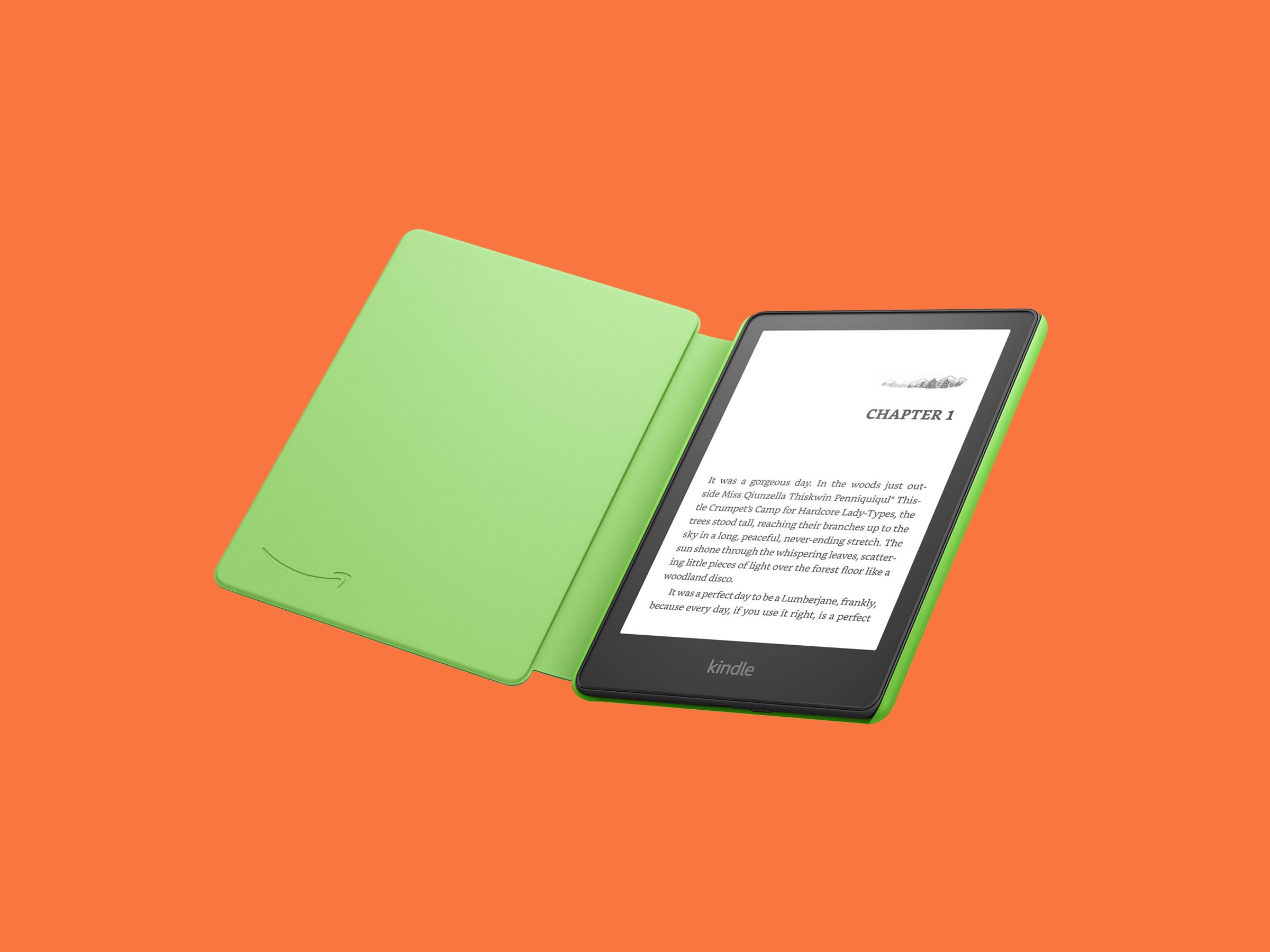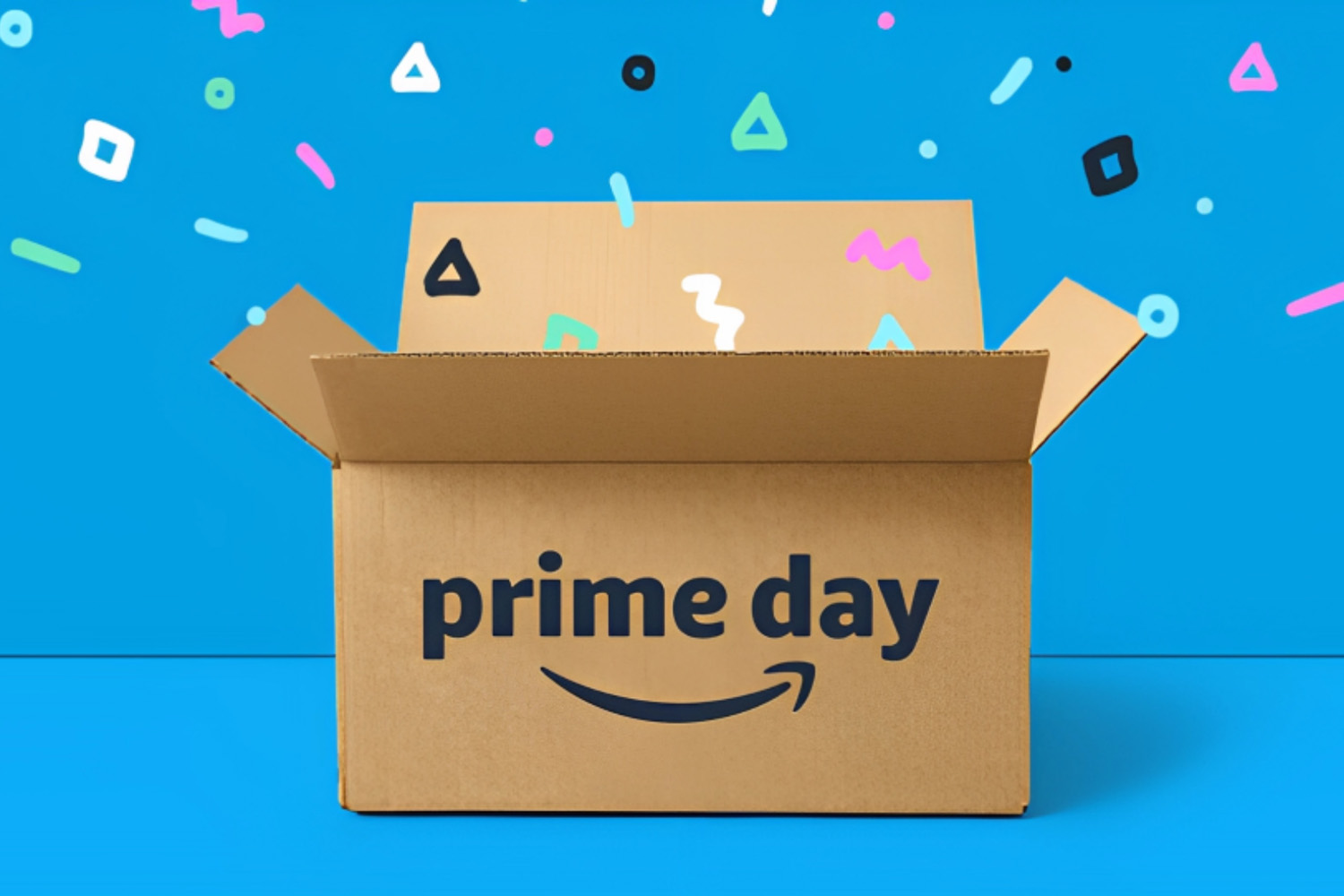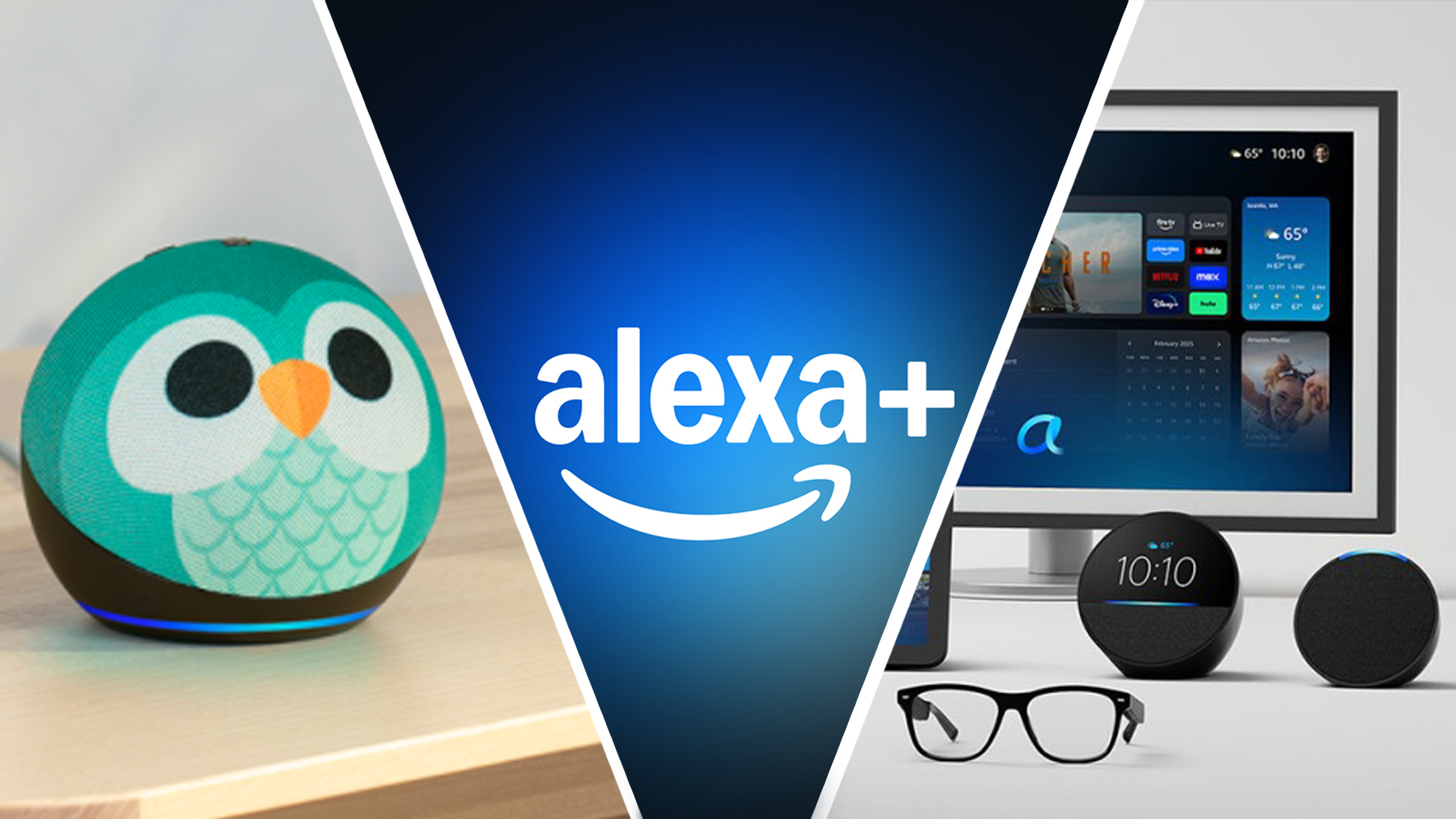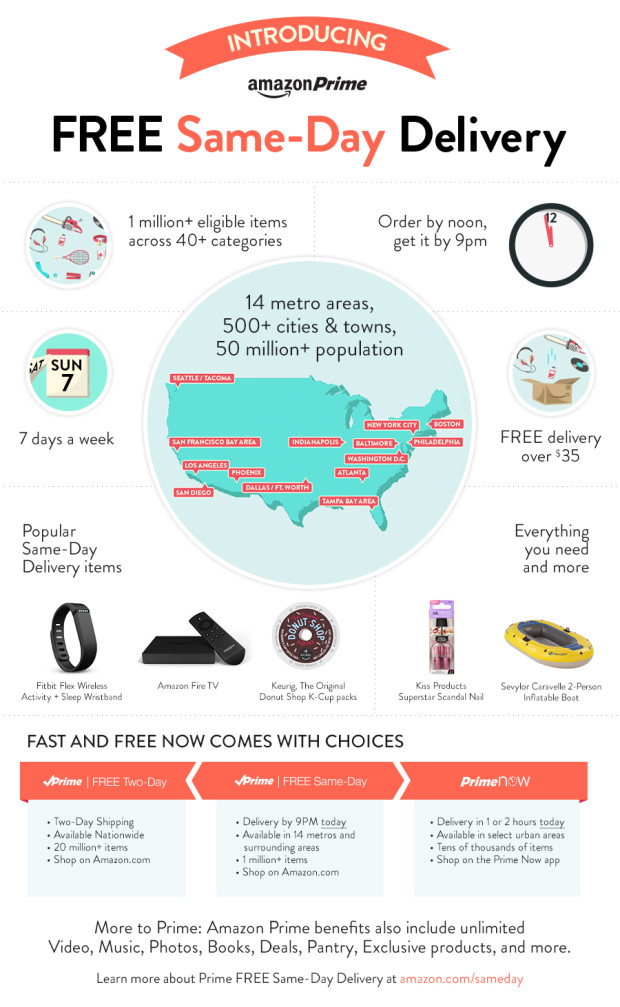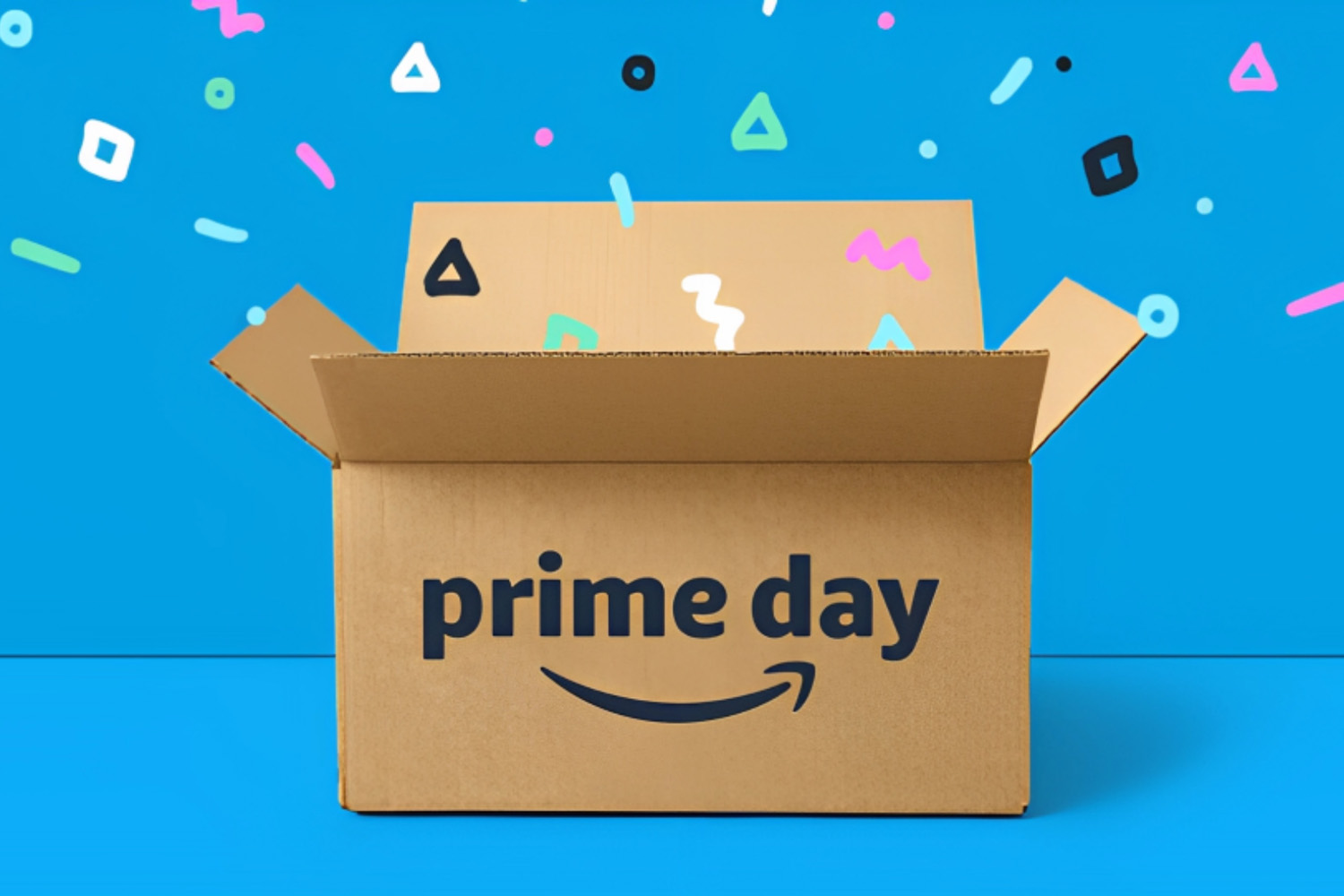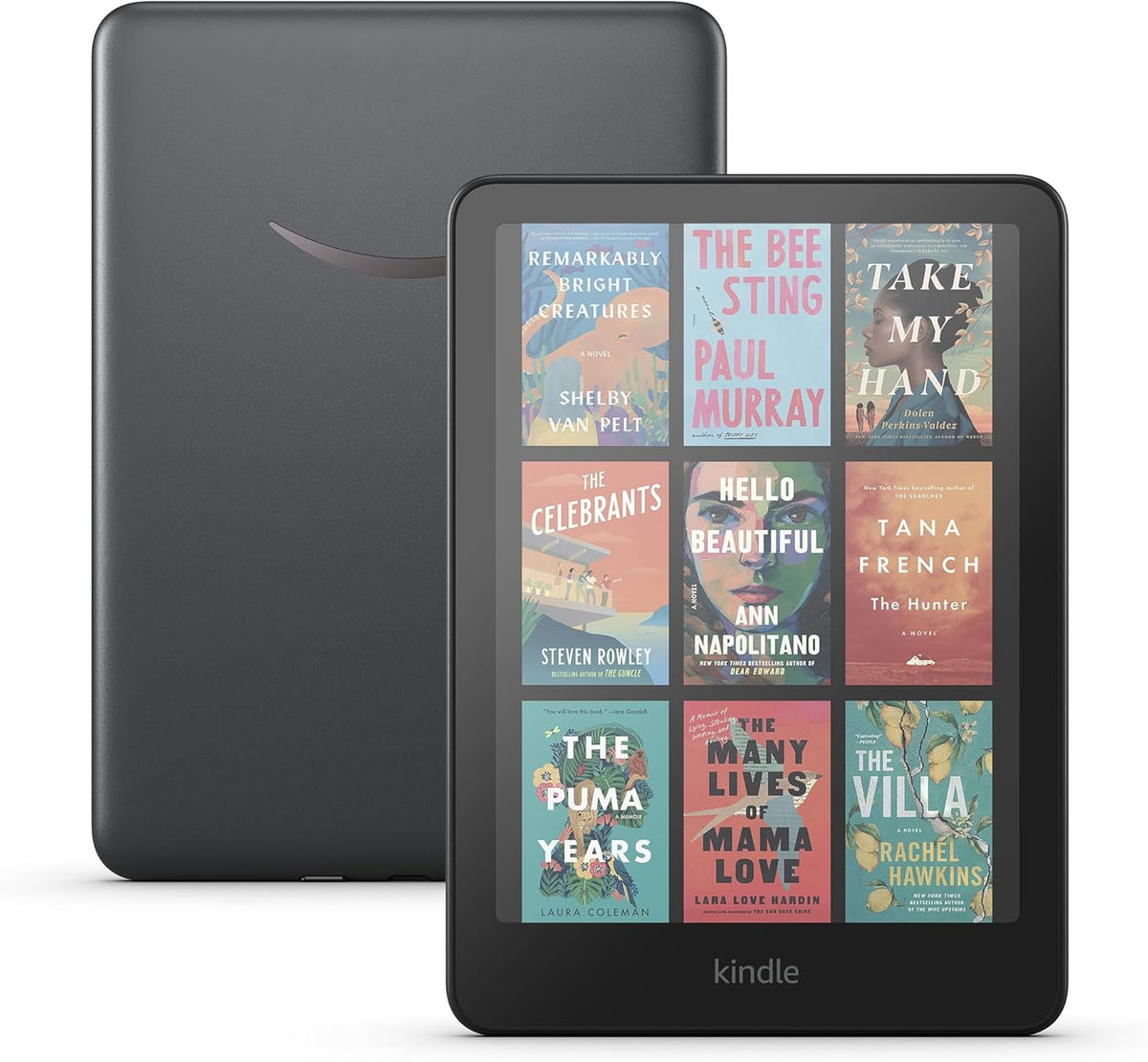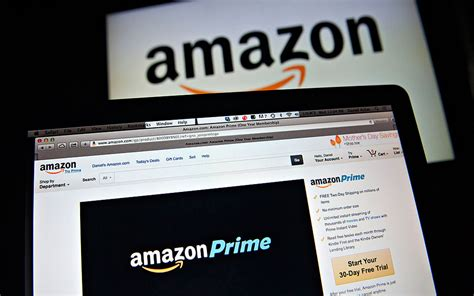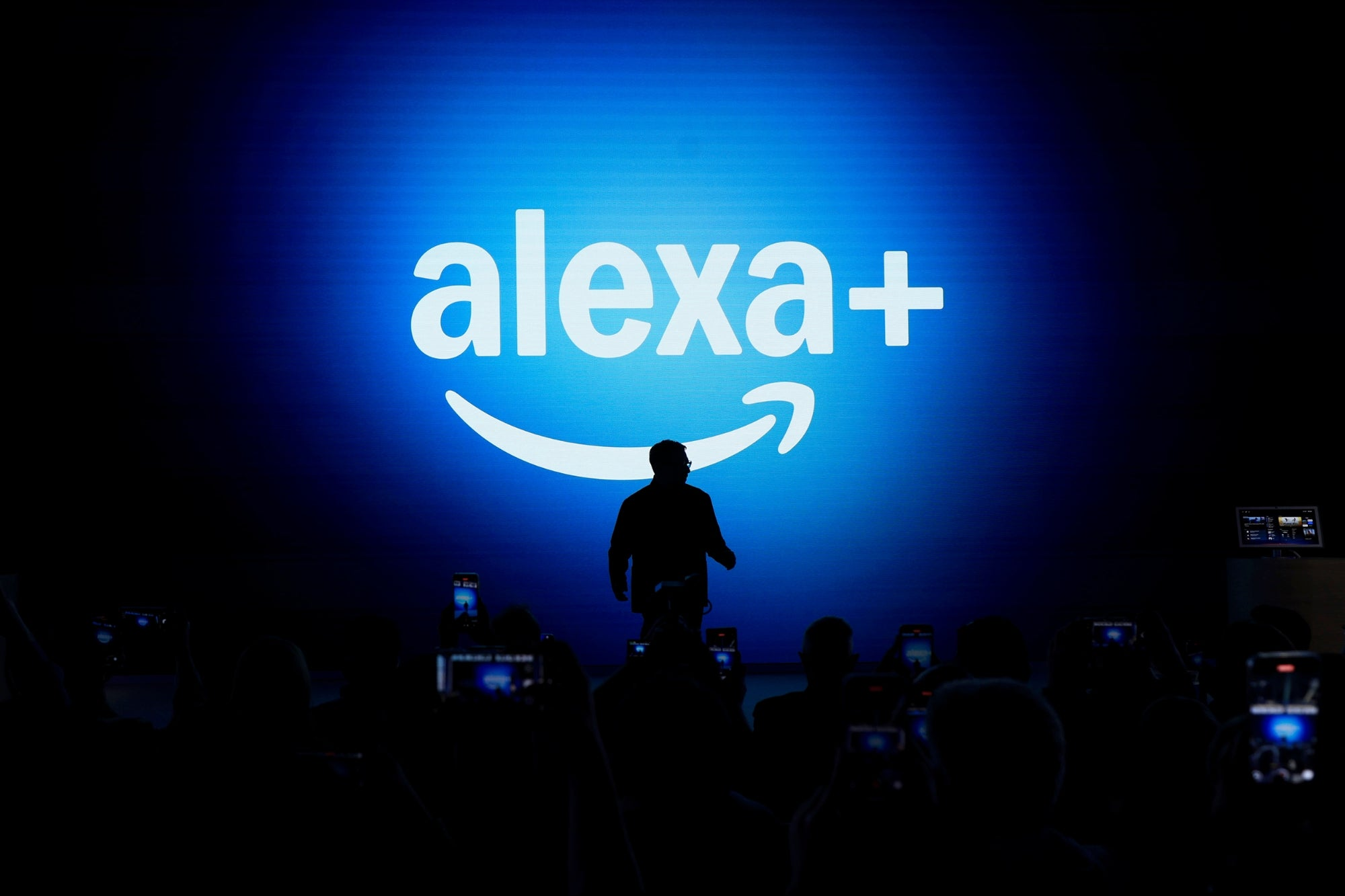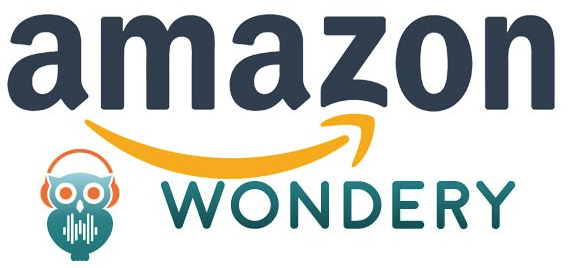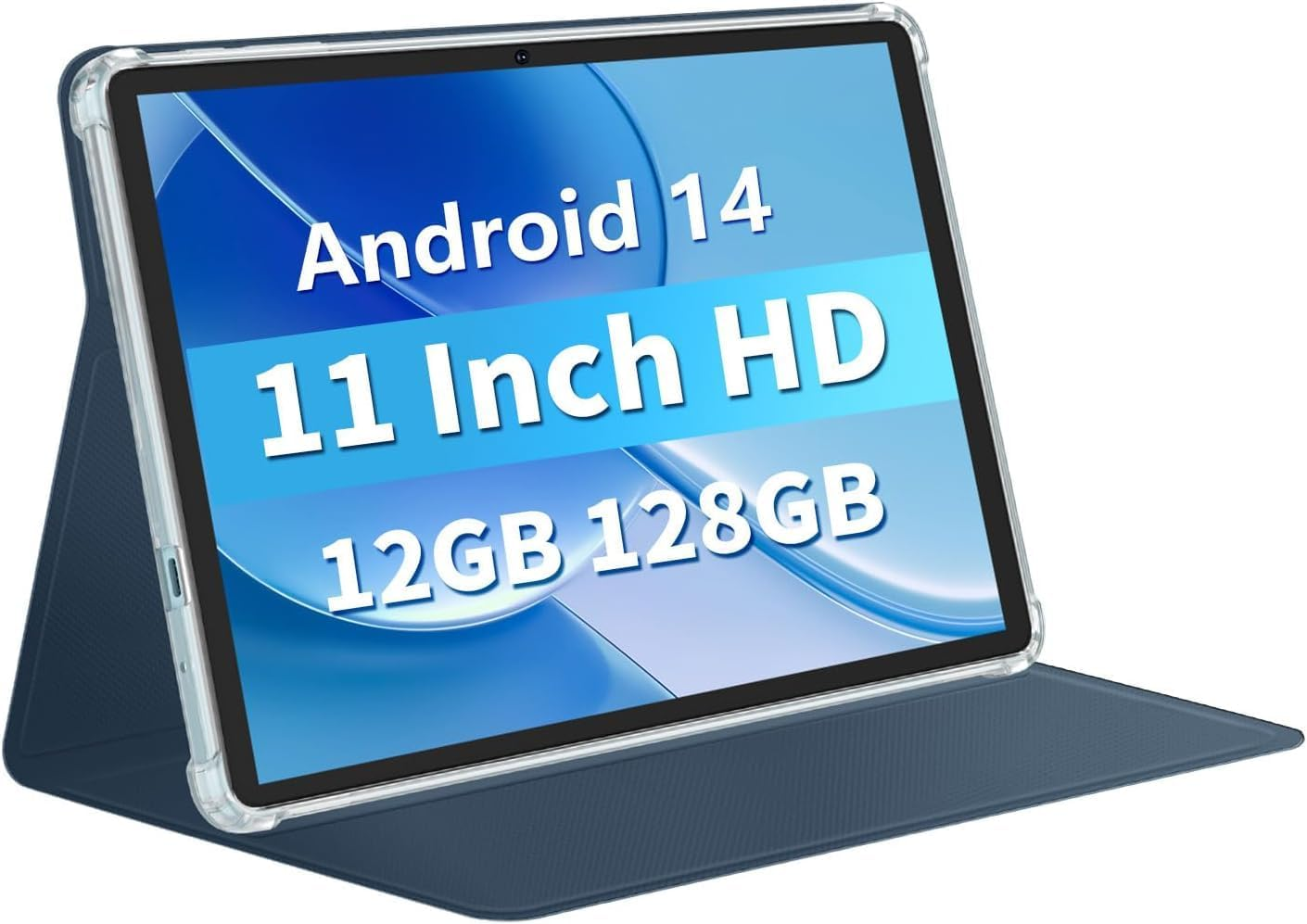E-books have revolutionized the way we read and interact with literature, offering a convenient alternative to traditional physical books. As we delve into the myriad benefits of e-books, it’s essential to understand how they enhance our reading habits and fit seamlessly into our modern lives. Unlike bulky hardcovers, e-books are portable, accessible, and can be stored in vast quantities without taking up physical space. This shift has sparked debates about physical books vs e-books, with many readers weighing their emotional attachments alongside practicalities. As we explore this topic further, we will also touch on tips for building a diverse book collection, including the impact of audiobooks and how they complement our digital reading experiences.
Digital texts, commonly referred to as electronic books or e-readers, have provided an innovative platform for consuming literature in today’s fast-paced world. This shift towards virtual reading formats has sparked discussions about how it influences our reading behaviors and preferences. Many readers find that the instant accessibility of these digital resources often enhances their engagement with stories and ideas. Additionally, by analyzing the advantages of these formats versus traditional paperbacks, we can gain insight into the evolving dynamics of literature consumption. Along with this, strategies for curating a contemporary library, whether through e-books or audiobooks, enhance the overall reading journey, proving that collecting books today can take various exciting forms.
The Advantages of E-Books: A Modern Reader’s Paradise
E-books have revolutionized the way we consume literature, offering numerous benefits that cater to the needs of contemporary readers. One significant advantage is their portability; you can carry an entire library in your pocket. This convenience allows avid readers to access their favorite titles anywhere, whether on a commute, at the beach, or while traveling. Moreover, e-books often come at a reduced price compared to physical books, facilitating a wider range of reading without straining your wallet. These factors contribute to developing reading habits that are more flexible and enjoyable.
In addition to convenience and cost-effectiveness, e-books increasingly offer features that enhance the reader’s experience. Many platforms come with customizable options, such as adjustable font sizes, background colors, and even built-in dictionaries for quick reference. This accessibility option is particularly beneficial for individuals with visual impairments or reading difficulties. As more people adopt e-books, we’re witnessing a shift in how readers interact with texts, paving the way for an inclusive literary culture that embraces everyone.
Audiobooks: The Perfect Companion for a Busy Lifestyle
Audiobooks have surged in popularity, providing a convenient alternative for those who find time to sit and read a traditional book limited. They allow listeners to enjoy stories while engaging in other activities, such as commuting, exercising, or even cooking. This multi-tasking ability appeals particularly to busy professionals and parents, offering a unique way to integrate literature into daily routines. Additionally, audiobooks can enrich reading habits by helping consumers explore genres and authors they might not have otherwise considered.
The auditory experience itself plays a significant role in the appeal of audiobooks. Many narrators bring stories to life with their voice, adding distinct emotional layers and nuances to the narrative. This layer of performance often enhances the engagement level, making it easier for listeners to connect with characters and plots. The combination of convenience and enriched auditory storytelling makes audiobooks an indispensable addition to the modern reader’s toolkit.
Comparing Physical Books vs. E-Books: Which is Right for You? One of the most debated topics among book lovers is the comparison between physical books and e-books. For some, the tactile sensation of holding a physical book, flipping through its pages, and even the smell of the paper is irreplaceable. These elements evoke nostalgia for the traditional reading experience, representing a deeper connection to the text itself. However, the practicalities of e-books cannot be overlooked; they offer a space-efficient way to enjoy numerous titles without accumulating dust in your home.
Ultimately, the choice between physical books and e-books often comes down to personal preference. While some readers find joy in curating an extensive book collection and displaying their favorite works, others appreciate the minimalist lifestyle that e-books can facilitate. In a world where space and mobility are increasingly valuable, it becomes clear that e-books offer a compelling alternative that complements the physical book experience.
Nurturing Reading Habits in the Digital Age
As we embrace the convenience of e-books and audiobooks, nurturing healthy reading habits becomes paramount. For many, the transition from physical books to digital formats might feel daunting. However, consistently setting aside time to read each day can help reinforce this habit. Many e-book platforms offer features that allow readers to track their progress or set daily goals, making it easier to achieve a reading routine. This adaptability encourages users to cultivate their passion for reading while accommodating their busy schedules.
Moreover, understanding the importance of diversifying reading materials can significantly enrich one’s reading experience. Engaging with different genres, authors, and formats—including e-books and audiobooks—can prevent burnout and keep the act of reading exciting. Additionally, discussing books with fellow readers online or joining book clubs can enhance motivation while fostering community engagement and stimulating conversation about shared interests.
Book Collection Tips for the Modern Book Lover
For avid readers, collecting books can be both delightful and challenging, especially as the options between physical books and e-books expand. To create a functional book collection, it’s essential to prioritize which titles resonate with you emotionally. Curating a collection of books that genuinely reflects your interests will make your shelves more inviting and personal. Moreover, investing in quality bookshelves can enhance your space while showcasing your collection aesthetically.
In an age dominated by digital media, enhancing your physical collection with e-books can provide flexibility in managing space. Consider maintaining a balance between physical and digital books, allowing access to your favorite reads without overcrowding your living area. Utilize book organization tools available on e-book platforms to categorize your collection effectively and discover new titles tailored to your interests.
Frequently Asked Questions
What are the benefits of e-books compared to physical books?
E-books offer numerous benefits over physical books, including portability, accessibility, and customization. You can store thousands of e-books on a single device, making it easier to carry your entire library wherever you go. E-books can also be adjusted for font size and background color, enhancing the reading experience for all users. Additionally, many e-books come with features like built-in dictionaries, highlighting, and note-taking, which can enrich your reading habits.
How do audiobooks compare with e-books in terms of convenience?
Audiobooks and e-books provide different but complementary experiences. Audiobooks are great for multitasking, allowing you to ‘read’ while driving, exercising, or doing chores. They cater to auditory learners and make stories come alive through narration. E-books, on the other hand, are ideal for readers who prefer a visual experience, where they can interact directly with the text. Both formats promote healthy reading habits by allowing users to engage with literature according to their preferences.
What are some tips for building an e-book collection?
Building an impressive e-book collection involves several strategies. Start by selecting a reliable platform or e-reader that suits your reading style. Explore various genres and authors to diversify your library, and consider signing up for subscription services that offer access to a vast array of e-books. Always keep an eye on sales or promotions from e-book retailers to expand your collection without overspending. Lastly, utilize cloud storage to ensure your e-books are safe and easily accessible across devices.
How have e-books changed reading habits over the years?
E-books have significantly changed reading habits by increasing accessibility and convenience. With just a click, readers can access millions of titles, which encourages spontaneous exploration of new genres and authors. E-books also facilitate a more personalized reading experience with features like adjustable lighting and customizable reading settings. This adaptability might attract a new generation of readers who may not have engaged with traditional physical books, thereby promoting a culture of reading.
What should I consider when transitioning from physical books to e-books?
When transitioning from physical books to e-books, consider the format and platform compatibility of the e-books you purchase. Familiarize yourself with e-readers or apps that suit your reading style and preferences. It’s also important to think about the ergonomics of reading on a screen, particularly if you read for long periods. Additionally, explore options for integrating audiobooks into your routine to complement your e-book reading and enhance your literary journey.
| Key Points |
|---|
| Author discusses their love for reading and their favorite books. |
| Mention of specific e-books: ‘Night Shift (Premium)’ and ‘Re-readable (Premium)’. |
| Personal anecdotes about past experiences with book collecting and storage. |
| Experiences with book damage and feelings of disrespect. |
| Transition from physical books to e-books and the perspective shift on their value. |
Summary
E-books are transforming the way we consume literature, as highlighted by the author’s journey from physical books to digital formats. The narrative reflects a deep appreciation for the charm of collecting traditional books while also embracing the practicality and accessibility that e-books offer. By recognizing both the emotional connection and the logistical challenges of physical books, readers are encouraged to explore the world of e-books, which promise to house entire libraries within a single, portable device.
